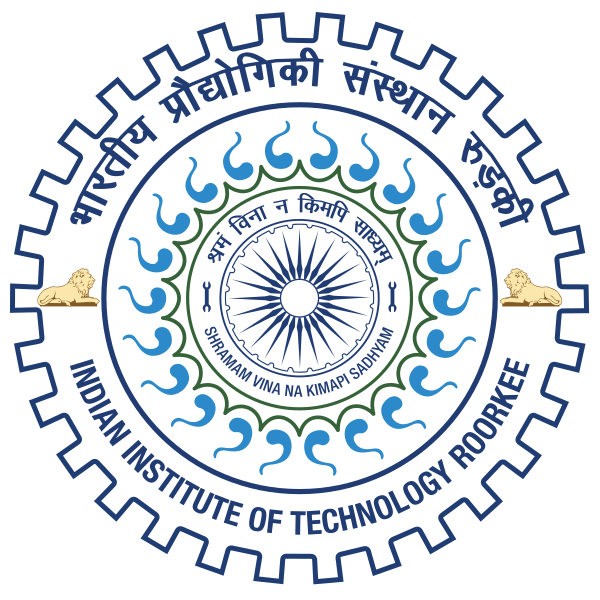Please use this identifier to cite or link to this item:
http://localhost:8081/jspui/handle/123456789/11881Full metadata record
| DC Field | Value | Language |
|---|---|---|
| dc.contributor.author | Sudarsanam, M. Sai | - |
| dc.date.accessioned | 2014-11-28T09:55:41Z | - |
| dc.date.available | 2014-11-28T09:55:41Z | - |
| dc.date.issued | 2001 | - |
| dc.identifier | M.Tech | en_US |
| dc.identifier.uri | http://hdl.handle.net/123456789/11881 | - |
| dc.guide | Garg, P. K. | - |
| dc.guide | Singh, Ranvir | - |
| dc.description.abstract | It is a recognised fact that irrigation has played and shall continue to play a crucial role in accelerating agricultural development in the country. However, theta are some features of irrigated agriculture which merit attention. One among these features is the degradation of irrigated fertile lands into wet deserts due to water logging and soil salinity in the command within a few years of implementation of the irrigation system. It has been realised that such a situation has arised as a result of interplay between various factors. Some of them maybe common to many irrigation commands while a few could be site specific and operative only in a particular command. India has already been recognised globally for excellent performance in Space Technology by building and launching its own satellites. The future Indian satellites are expected to provide 2-3 m. spatial resolution images to furnish detailed ground information for improved planning and management. Remote sensing images shall form,. major input to land use/land cover studies. Integrated use of Remote Sensing and GIS technique is not yet fully developed in our country to survey, monitor and management of land use/land cover studies and therefore there is an urgent need to propagate its use, being faster and cost-effective in nature. Proper utilisation of the water logged lands into agricultural use shall lead to a scientific approach needed for sustainable development of the country. The main objective of the present study is to develop an integrated Remote Sensing & GIS approach for mapping of water logged land and its analysis to enable the planners and the user group to find a viable solution for reclamation measures. The study area is a part of Jhajjar district of Haryana. The use of GIS can aid the analysis of related parameters as well as to update these periodically to produce the end results spatially and temporally | en_US |
| dc.language.iso | en | en_US |
| dc.subject | HYDROLOGY | en_US |
| dc.subject | WATER LOGGED AREA MAPPING AND ANALYSIS | en_US |
| dc.subject | REMOTE SENSING | en_US |
| dc.subject | GIS APPROACH | en_US |
| dc.title | WATER LOGGED AREA MAPPING AND ANALYSIS USING REMOTE SENSING AND GIS APPROACH | en_US |
| dc.type | M.Tech Dessertation | en_US |
| dc.accession.number | G10328 | en_US |
| Appears in Collections: | MASTERS' THESES (Hydrology) | |
Files in This Item:
| File | Description | Size | Format | |
|---|---|---|---|---|
| HYDG10328.pdf | 8.51 MB | Adobe PDF | View/Open |
Items in DSpace are protected by copyright, with all rights reserved, unless otherwise indicated.

